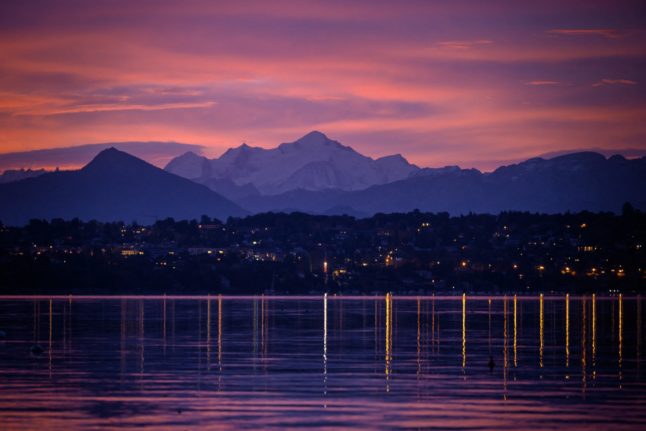According to the report, 114 people died in accidents in Switzerland’s mountains over the previous year, with 71 of them foreigners either visiting or living in Switzerland.
Germans constituted the largest group with fifteen fatalities, followed by Italians with twelve fatalities and the Dutch with six.
Three Britons and two Americans were also killed in mountaineering accidents.
Over three-quarters of those who died in mountaineering accidents were men – eighty-two, as opposed to thirty-two women.
Read More: Why have so many climbers and hikers died in the Swiss mountains this year?
Those between the ages of forty-one and seventy were most represented in the statistics, with fifty-one incidents involving a fatality.
Individuals between twenty and forty comprised the second largest group, with forty-five fatalities.
Four individuals between the ages of ten and twenty also died in mountaineering incidents in 2023.
Hiking is the most dangerous activity
Most of the fatal incidents involved hiking or high-altitude trekking – that is to say, requiring oxygen – with exhaustion or the inability to continue, resulting in death before rescuers could attend.
Over a third of all fatalities occurred in the canton of Valais, with forty-five incidents. Bern followed, with fifteen incidents and Grisons with fourteen.
Valais’ relatively larger size, position along the French and Italian Alps, and over eight thousand kilometres of hiking trails could help explain the high number of fatalities as recorded in the report.
Similarly, the size of Bern and Grisons and the popular alpine resorts found there could explain their statistical significance.
Read More: How to keep safe and avoid problems when hiking in the Swiss Alps
Warmer weather to blame
A press release accompanying the article points to unseasonably warmer weather as one contributing factor: “The beautiful weather attracted many mountain sports enthusiasts to the mountains.
“This is reflected in the number of mountain emergencies and fatal accidents, which have increased in the summer months.”
Indeed, July and August were the most dangerous months for those enjoying mountain sports, with twenty-one and twenty deaths, respectively.
Keeping the mountains safe
The Swiss Alpine Club, founded in 1863, has kept records of mountain incidents since its inception and publishes a report yearly to promote responsible and safe use of Switzerland’s alpine environments.
The annual report breaks down the location, cause and background of those involved in incidents and identifies whether a successful rescue was carried out.
Read More: EXPLAINED: 8 rules nature lovers should follow in the Swiss countryside
It draws upon the operational data held by mountain rescue organisations REGA, the Swiss Alpine Rescue ARS, the Cantonal Valais Rescue Organization KWRO, Air-Glaciers Lauterbrunnen and other institutions working across the country.
The Swiss Alpine Club’s 111 sections also maintain huts and trails throughout the country’s twenty-six cantons, promote mountain sports, and teach basic outdoor safety and first aid skills.



 Please whitelist us to continue reading.
Please whitelist us to continue reading.
Member comments